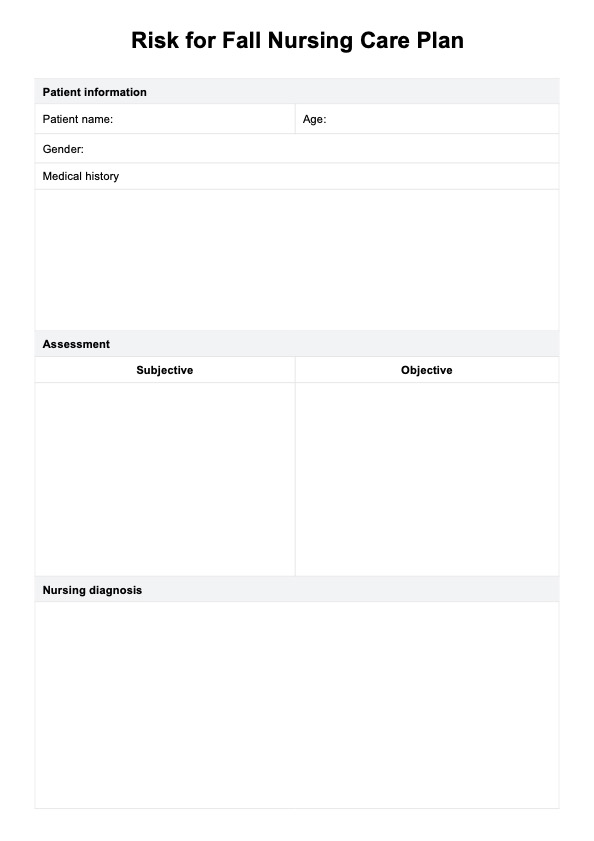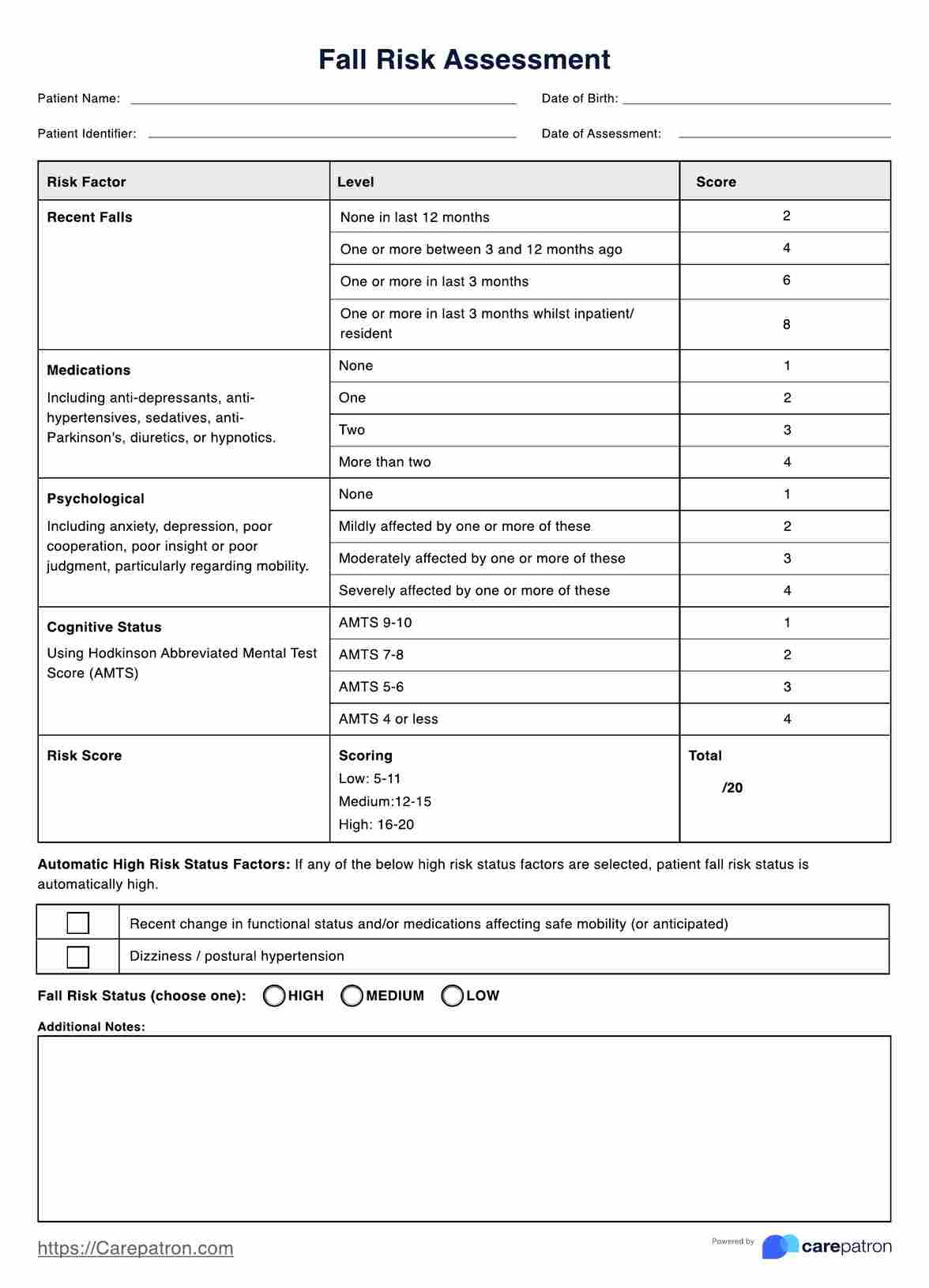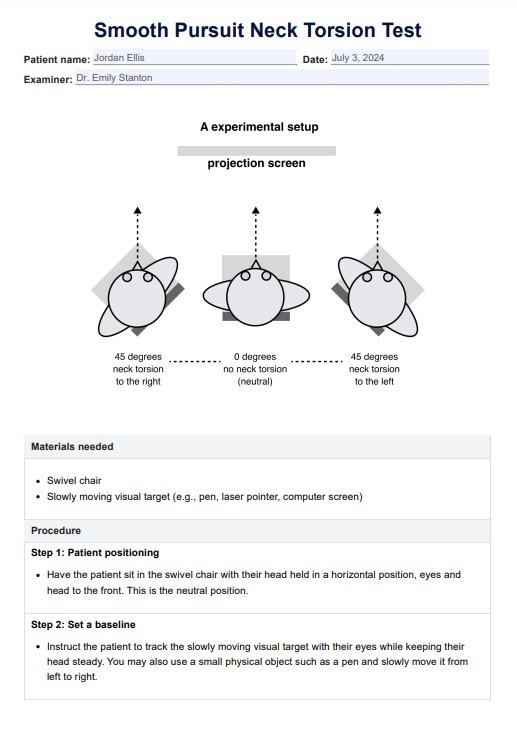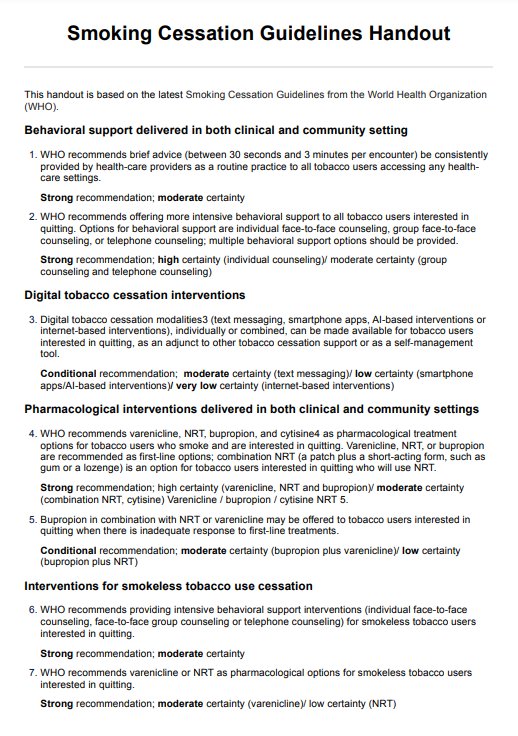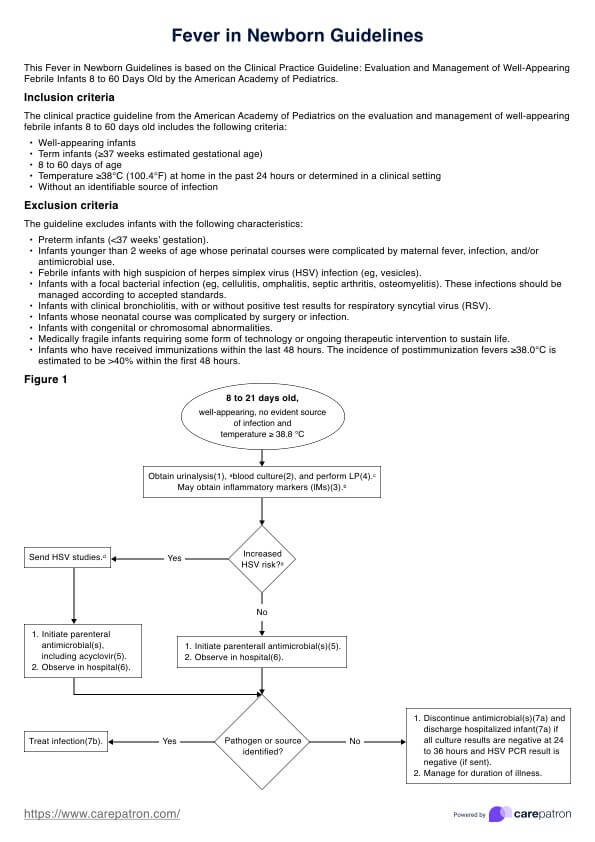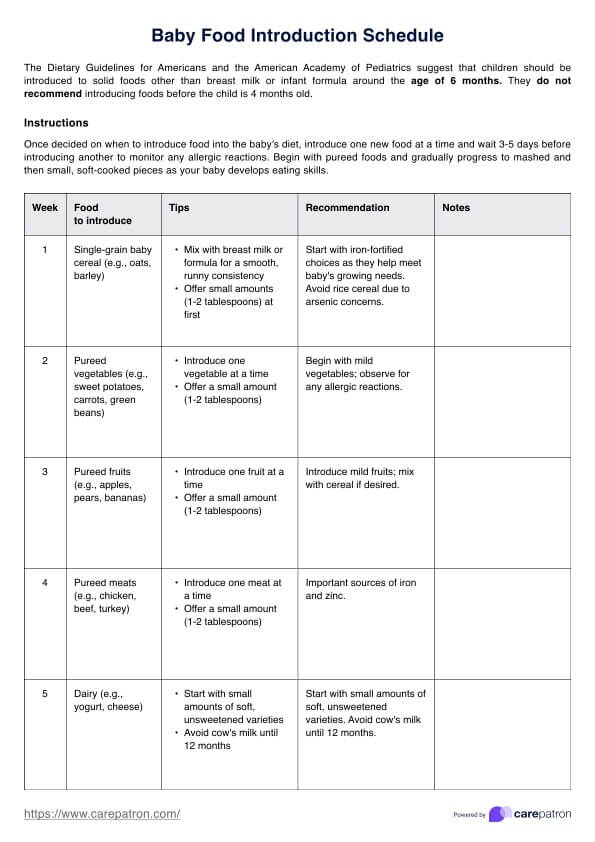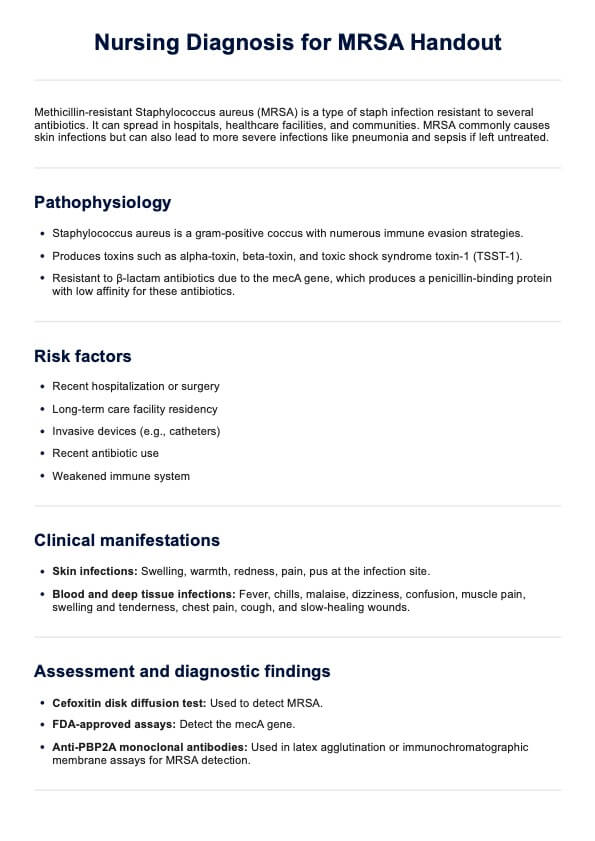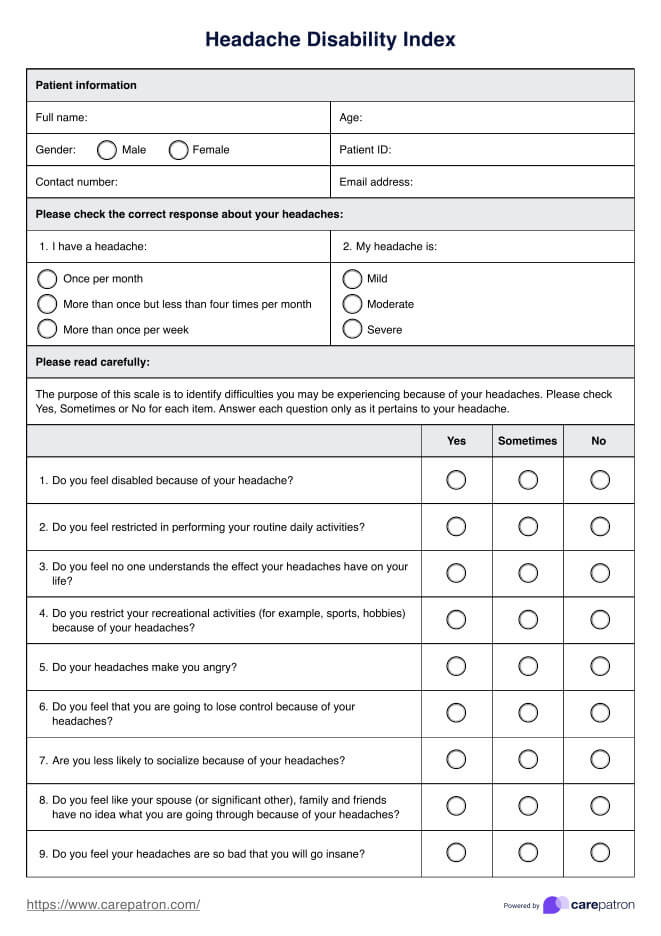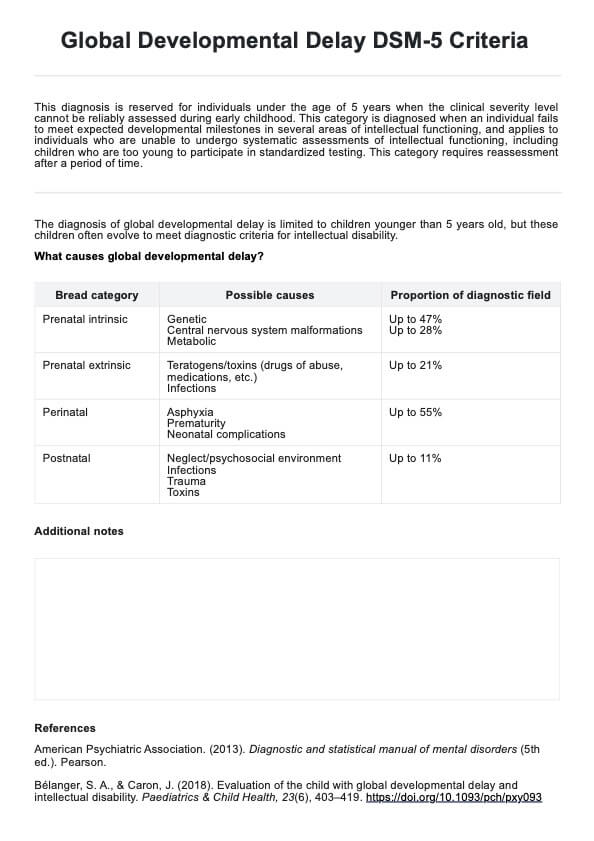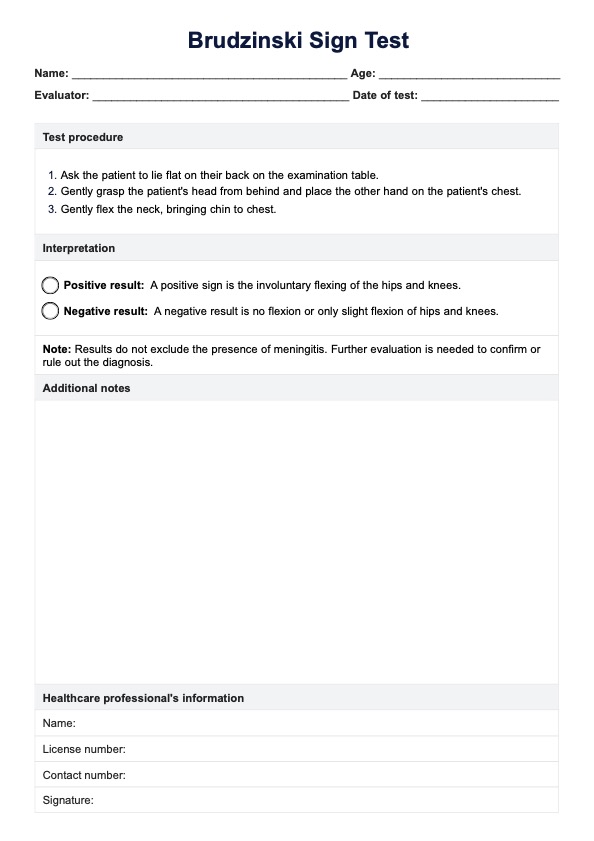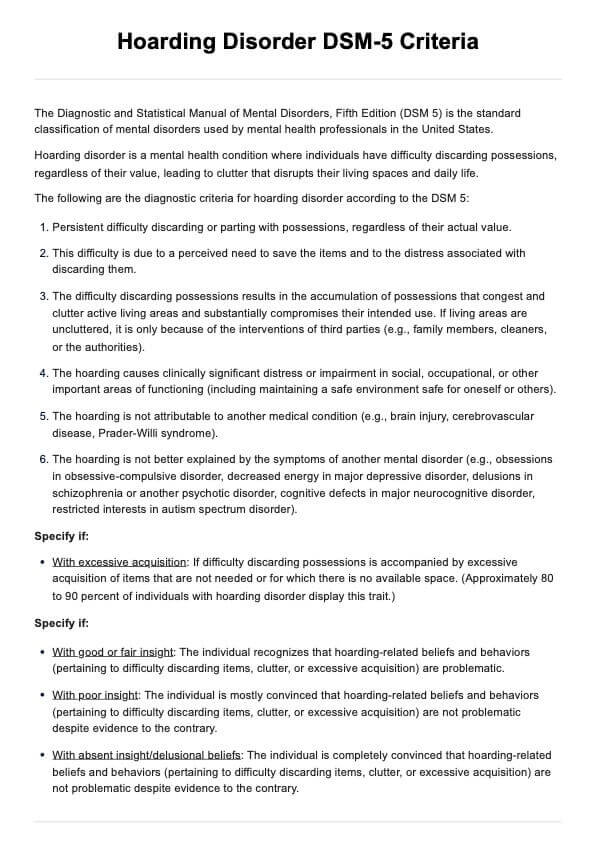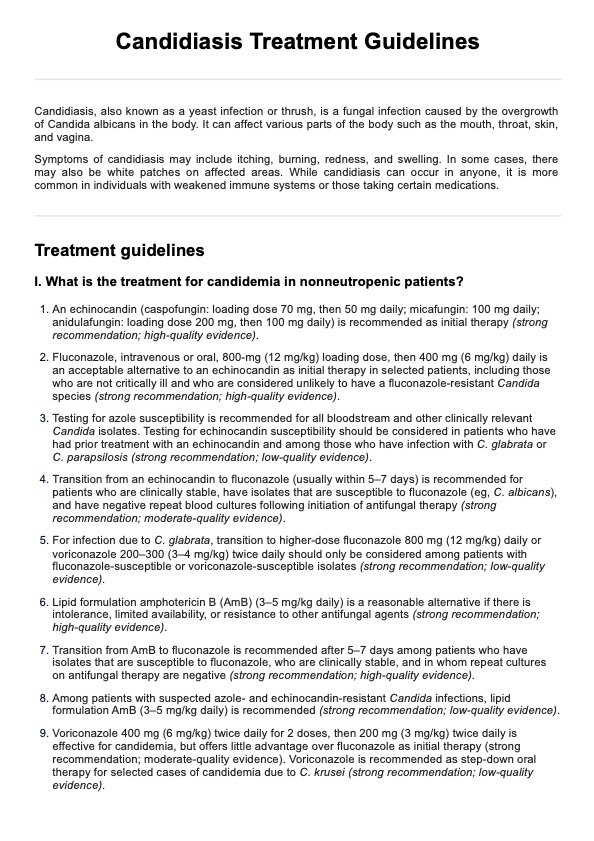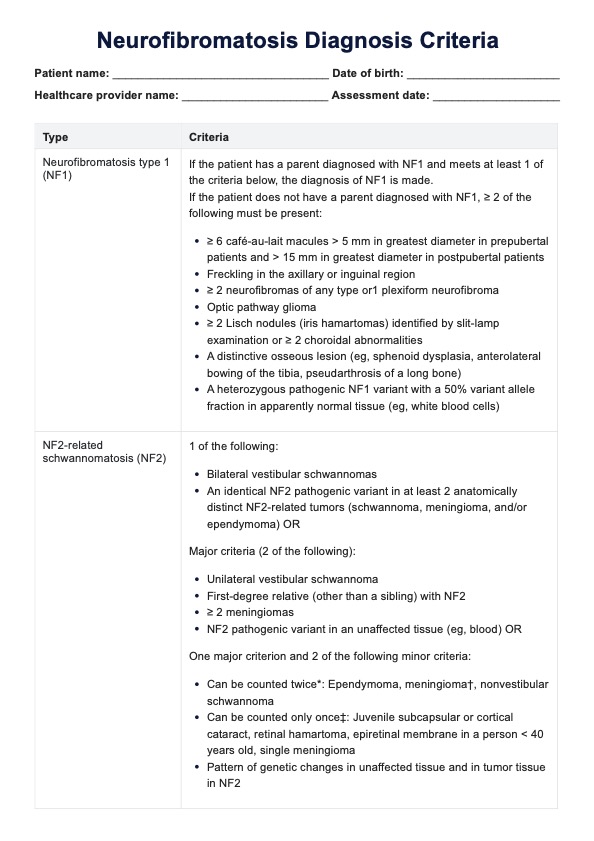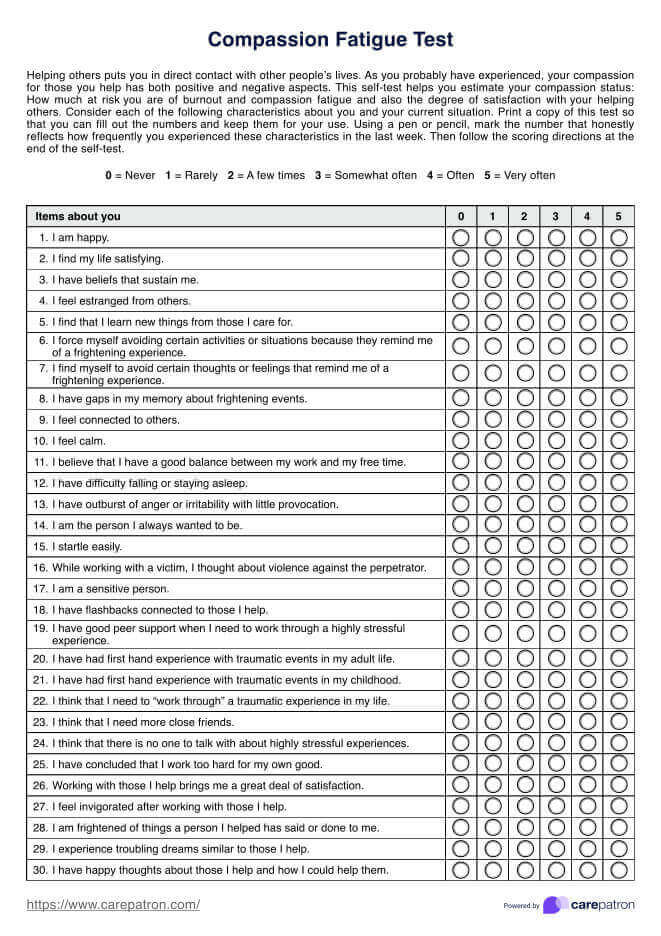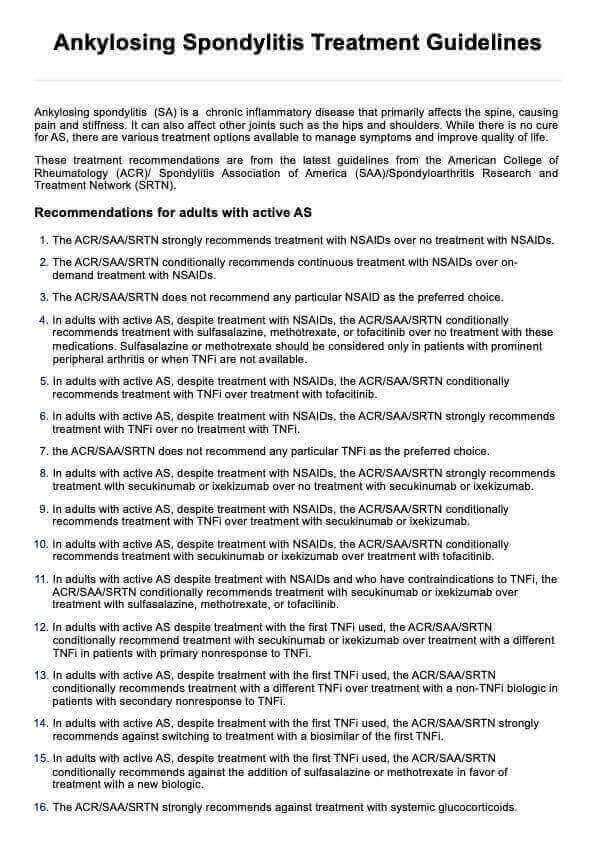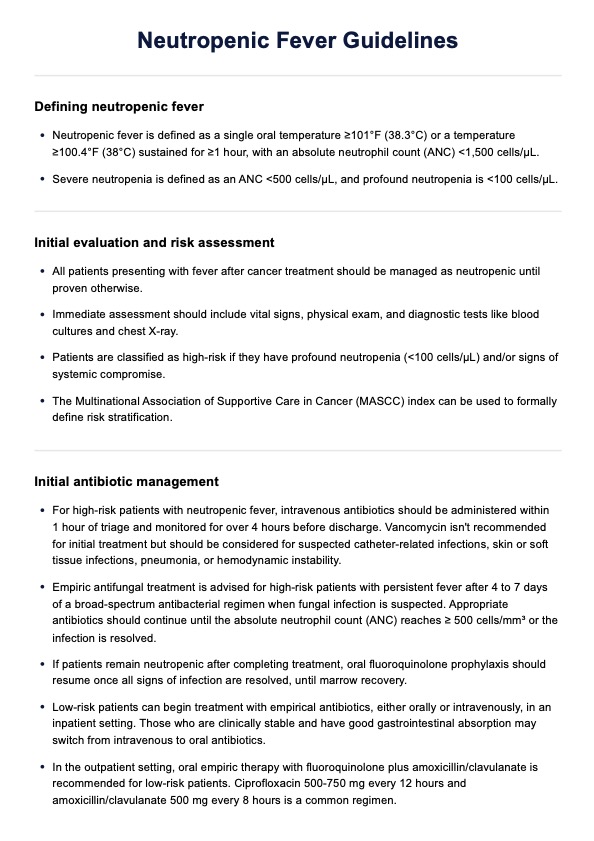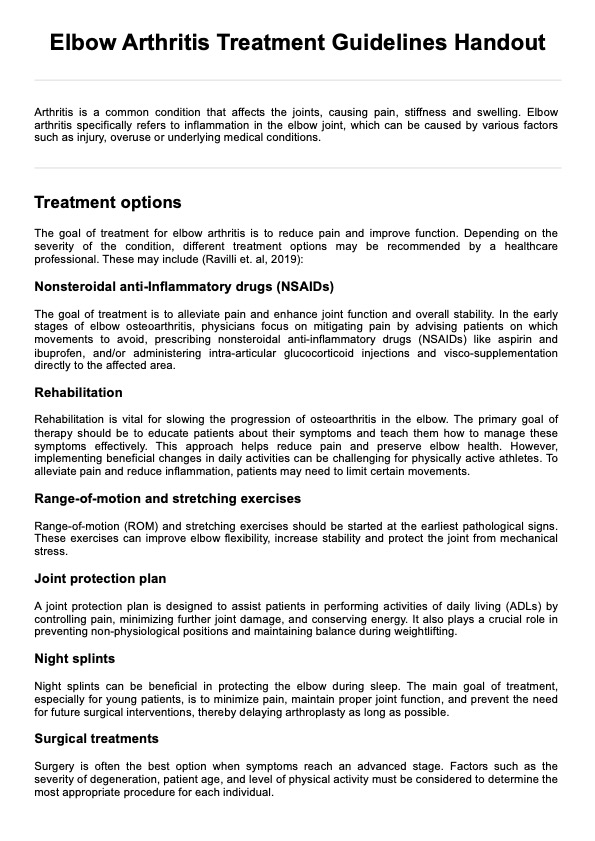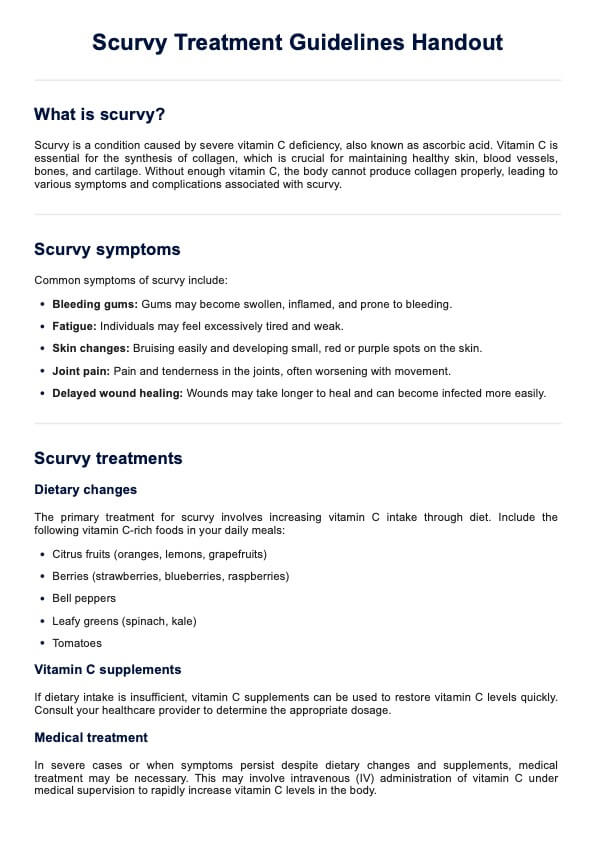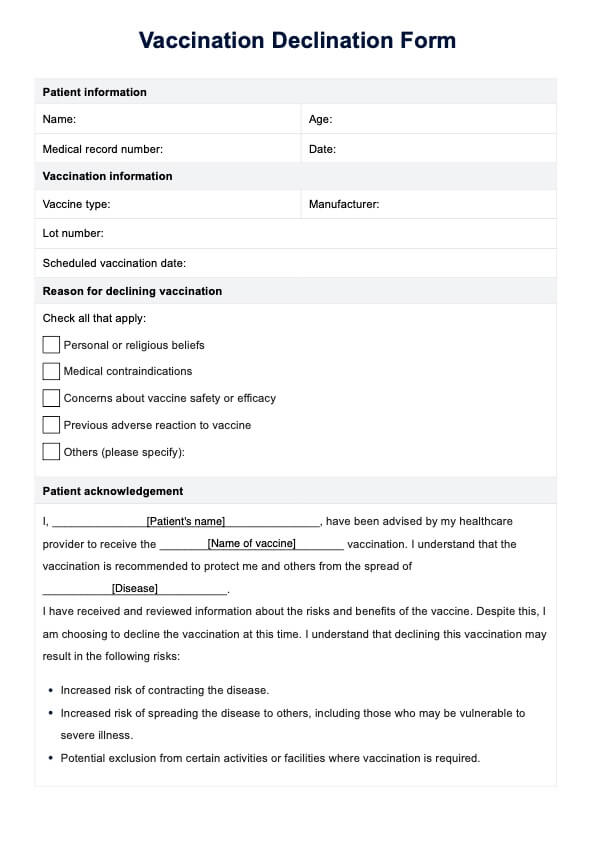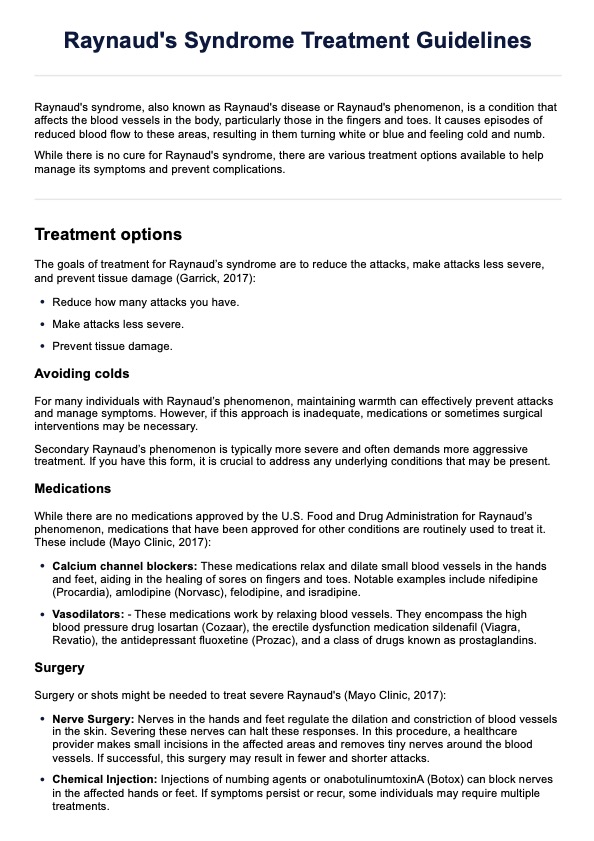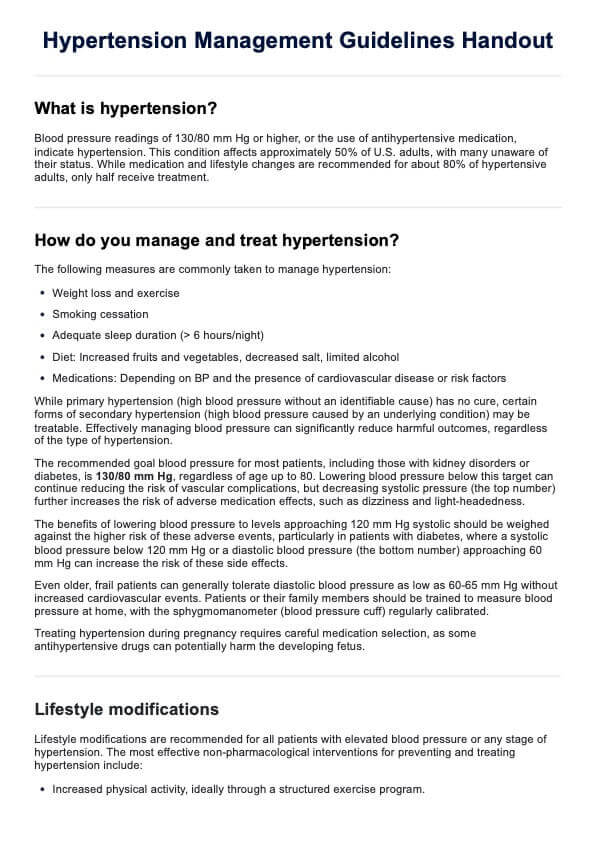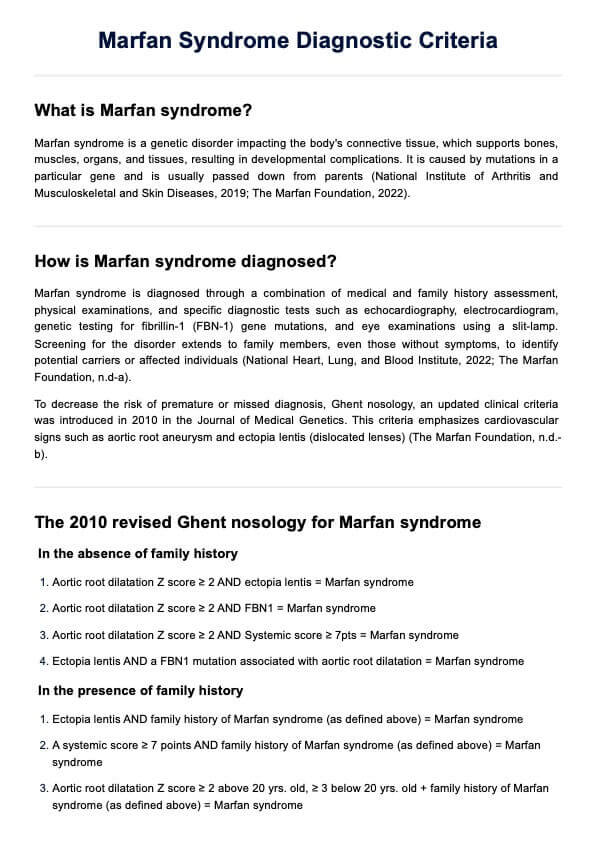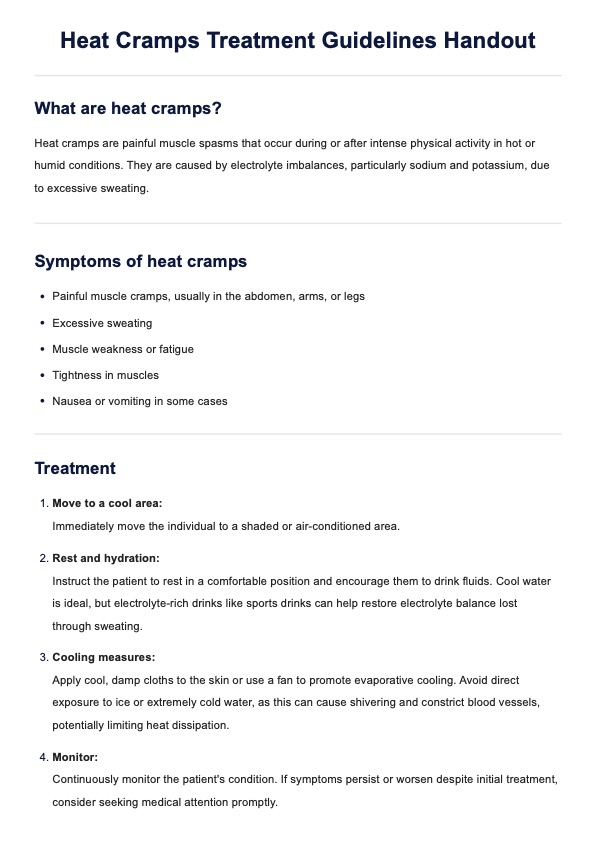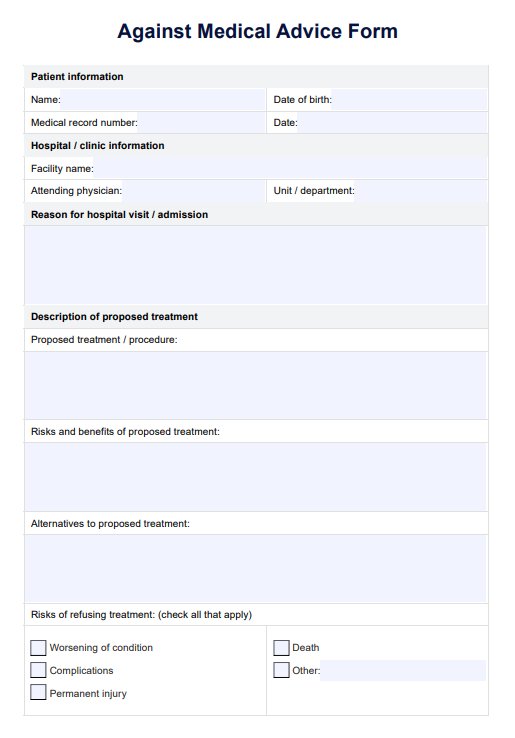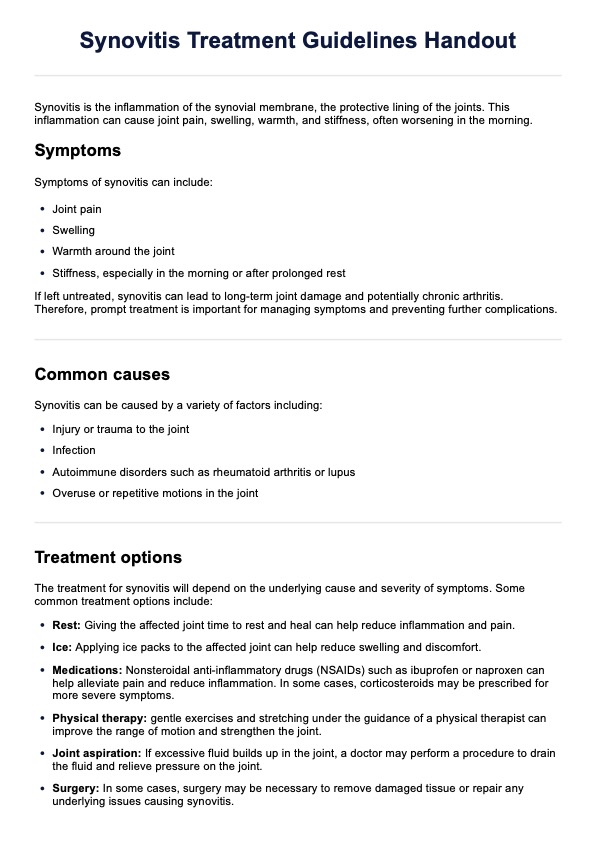Risk for Fall Nursing Care Plan
Enhance patient safety with a Risk for Fall Nursing Care Plan Template! Our free, detailed guide for healthcare practitioners will help you mitigate fall risks.


What is a Risk for Fall Nursing Care Plan Template?
A Risk for Fall Nursing Care Plan Template is a comprehensive document that assists healthcare professionals in evaluating, preventing, and addressing the risk of falls in patients. Falls, which are accidental descents to a lower level, can lead to injuries and blunt-force trauma. This template provides structured guidance for effective fall management and prevention strategies, ensuring patient safety and well-being.
Vulnerable individuals, such as older adults, children, and infants, can suffer significant consequences from falls, necessitating the implementation of a comprehensive care plan to prevent falls themselves. In the case of older adults, this often leads to fractures, head injuries, and a decline in overall well-being. Apart from physical injuries, the psychological impact of a fall can result in heightened fear, reduced mobility, and an increased likelihood of future falls. Among children and infants, falls are more prevalent, yet they can still result in injuries ranging from minor bruises to more severe trauma. Their susceptibility to fractures is particularly high due to the ongoing development of their bones and tissues. To effectively address and mitigate the risks associated with falls, it is imperative to implement appropriate preventive measures and provide adequate support and care for these vulnerable populations.
Below are several potential factors that can contribute to falls in older adults:
- Limited mobility: Conditions like arthritis or neurological disorders can impact an individual's ability to move around safely.
- Adverse medication effects: Certain medications can cause dizziness or instability, increasing the risk of falls.
- Environmental hazards: Poorly lit areas, slippery floors, and obstacles can create hazardous conditions that may lead to falls.
Children, due to their inherent curiosity and limited awareness, are prone to falling and engaging in activities that inadvertently put them at risk. While falls are a common part of childhood development, adequate supervision typically suffices to ensure their safety. However, certain vulnerable conditions may necessitate the implementation of a fall prevention interventions for children. For instance, children with neurological disorders that affect motor skills, such as cerebral palsy, or those with conditions leading to balance issues may increase fall risk and require additional preventive measures. In such cases, a tailored care plan becomes essential to minimize the risk of falls and promote the child's overall well-being.
Understanding fall risk in hospitalized patients and its consequences is crucial for healthcare professionals. By acknowledging the unique challenges faced by various age groups, healthcare providers can create customized Risk for Fall Nursing Care Plans to effectively address these risks and enhance patient safety.
Risk for Fall Nursing Care Plan Template
Risk for Fall Nursing Care Plan Example
How does it work?
To effectively care for a patient at increased risk for falls, it is important to follow a systematic assessment, prevention, and risk management approach. Utilize the following steps to make the most of our user-friendly template:
Step 1: Download the Risk for Fall Nursing Care Plan Template
Access our printable Risk for Fall Nursing Care Plan template, simplifying the fall risk assessment and care planning process. We recommend keeping this document easily accessible.
Step 2: Gather information and assess the patient
Start by collecting relevant patient information, including medical history, current medications, and details of any recent falls. Employ validated tools such as the Morse Fall Scale to conduct a comprehensive fall risk assessment.
Step 3: Identify nursing diagnoses and goals
Identify nursing diagnoses based on the assessment data and determine the patient's specific fall risks. For example, diagnoses may include "Risk for Falls related to impaired mobility" or "Risk for Injury related to medication side effects." Once you have identified the relevant diagnoses, set clear, measurable goals. Goals could include "Patient will remain free from falls during hospitalization" or "Patient will improve balance and mobility through assistive device training." These goals provide a targeted focus for interventions and a basis for evaluating the effectiveness of the care plan.
Step 3: Develop tailored interventions
Based on objective data and on the assessment, use the template to create targeted interventions. This may involve implementing bed alarms, providing assistive devices, adjusting medications, and making environmental modifications to address the nursing diagnosis.
Step 4: Include rationale and evaluation details
Document each intervention's rationale to clarify why specific actions are chosen and how they address the identified risks. This rationale should be rooted in clinical best practices and fall prevention research, enhancing the care plan's evidence base. Also, outline methods for evaluating the effectiveness of interventions, noting specific indicators of success, such as improved mobility, reduced fall incidence, or adherence to safety protocols.
Step 5: Explain the resource to the patient
Effectively communicate the purpose and components of the care plan to the patient and their family. Empower them to actively participate in fall prevention strategies and emphasize the importance of adherence.
When would you use this template?
The Risk for Fall Nursing Care Plan is crucial in various healthcare settings. It effectively addresses and mitigates the risk of falls in diverse patient populations. Here are key instances where healthcare providers would utilize this template:
During hospitalization of older individuals
Patients of advanced age, particularly those with a history of falls or impaired mobility, benefit from using the Risk for Fall Nursing Care Plan Template. It allows for a proactive approach to fall prevention during their hospital stay, minimizing the risk of injuries.
For older adult home care
The Risk for Fall Nursing Care Plan template is invaluable in assisting healthcare providers in assessing and addressing fall risks within the familiar home environment of older adults. Enhancing safety measures and minimizing potential fall hazards contributes to maintaining a secure living space and the ability to remain free at home.
For rehabilitating patients with neurological conditions
The template provides a structured framework to tailor interventions for patients recovering from conditions that affect balance, such as stroke or other neurological conditions. This ensures a safe rehabilitation environment and promotes effective recovery.
For caring for youth with neurological or balance conditions
For healthcare providers caring for vulnerable young patients with neurological or balance disorders, the Risk for Fall Nursing Care Plan template offers the flexibility to customize nursing interventions and make environmental modifications. This is crucial in safeguarding these children from falls and promoting their overall well-being.
What are the benefits of the Risk for Fall Nursing Care Plan Template
The Risk for Fall Nursing Care Plan Template offers numerous advantages. Let's delve into these benefits in detail below:
Tailor-fit care plans
The free Risk for Fall Nursing Care Plan template facilitates a personalized approach to fall prevention. Care plans can effectively address specific fall risk factors and unique needs by tailoring interventions based on individual patient assessments.
Better communication and collaboration
Interdisciplinary collaboration is promoted by documenting interventions, patient responses, expected outcomes, and outcomes within the template. This fosters effective communication among healthcare professionals, ensuring a cohesive and coordinated approach to fall prevention.
Patient empowerment and family engagement
Engaging patients and their families in the care process is crucial. The template is a valuable educational tool explaining the care plan and fall prevention strategies. It empowers individuals to actively participate in their own safety.
Accessibility to healthcare providers
Lastly, our Risk for Fall Nursing Care Plan template is free to download. Healthcare providers can effortlessly access the free Risk for Fall Nursing Care Plan template, enhancing patient safety without any inconvenience.
Commonly asked questions
Creating a Risk for Fall Nursing Care Plan template requires the expertise of healthcare and nursing assessment professionals. These templates are based on standardized assessment tools like the Morse Fall Scale.
Risk for Fall Nursing Care Plan templates are used in hospitals, rehab centers, and home care to evaluate, prevent, and manage a patient's fall risk, particularly older adults or those with limited mobility.
To use the templates, healthcare providers can download and integrate them into patient assessments. They serve as a valuable reference for creating personalized care plans, including interventions, environmental modifications, and monitoring strategies.


